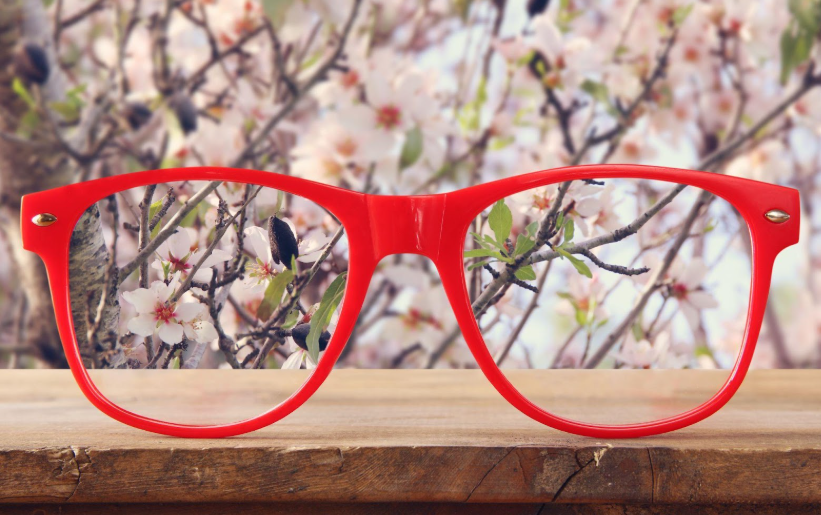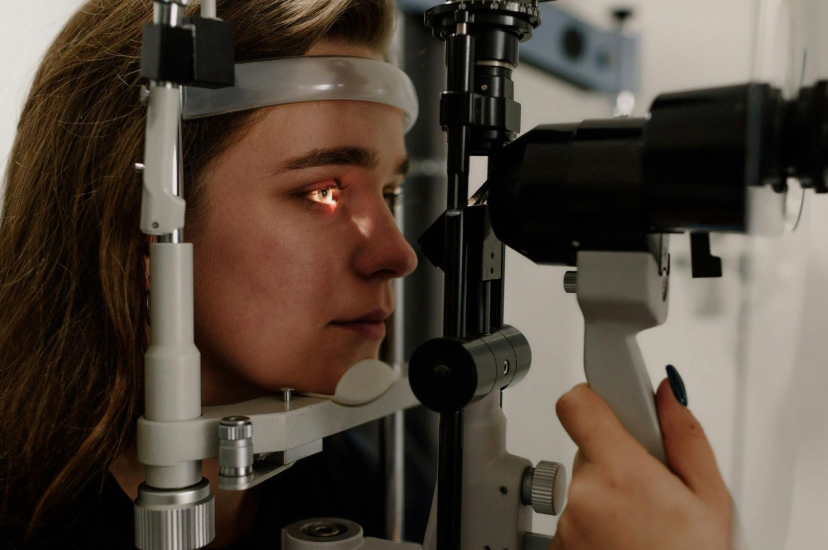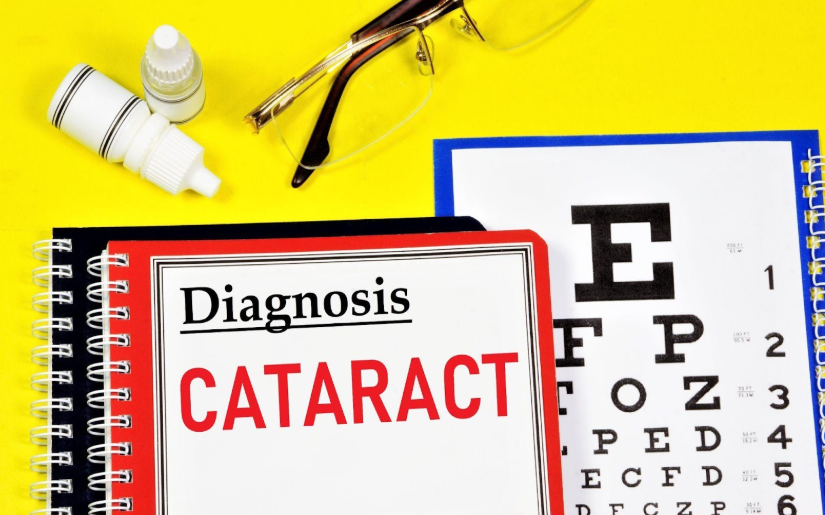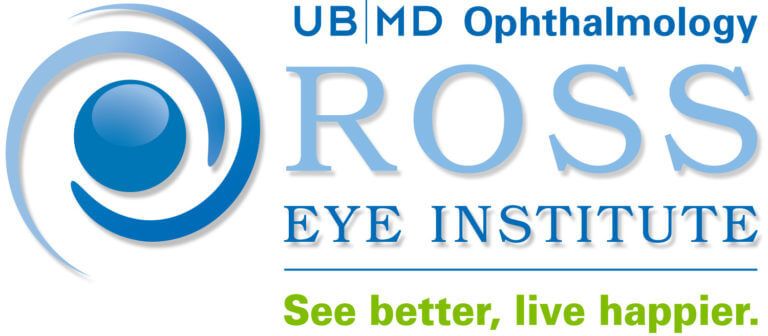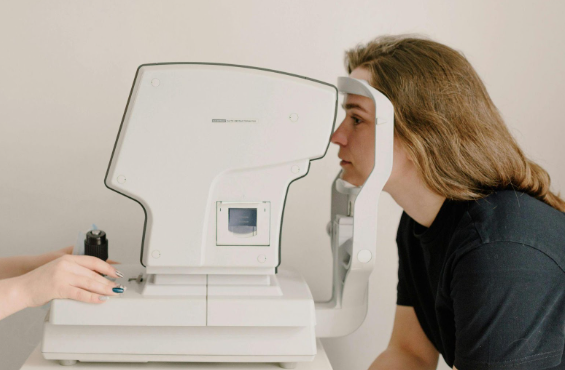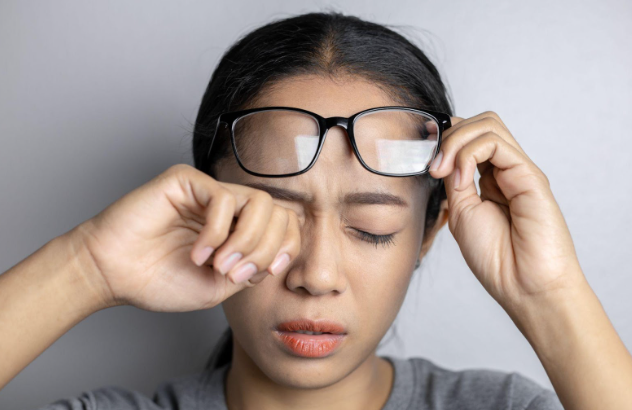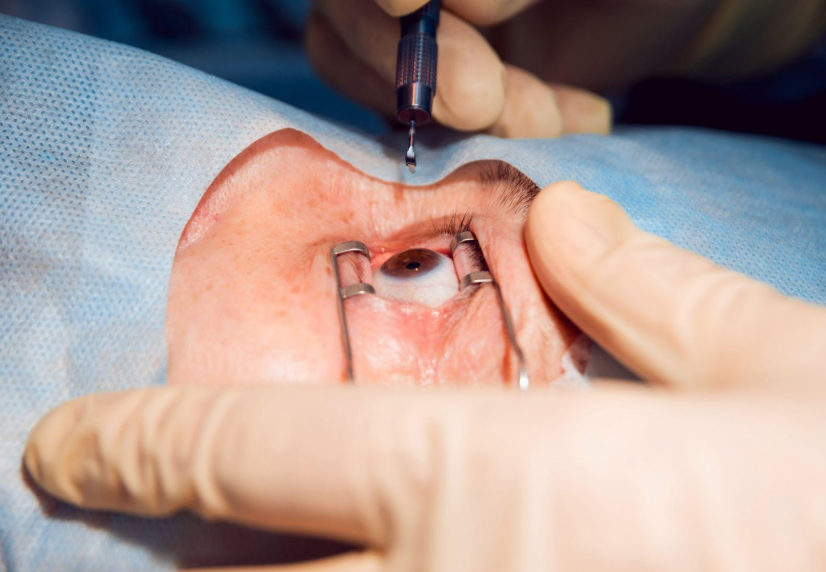Preventing Eye Injuries During Fall Sports and Outdoor Activities
Preventing Eye Injuries During Fall Sports and Outdoor Activities
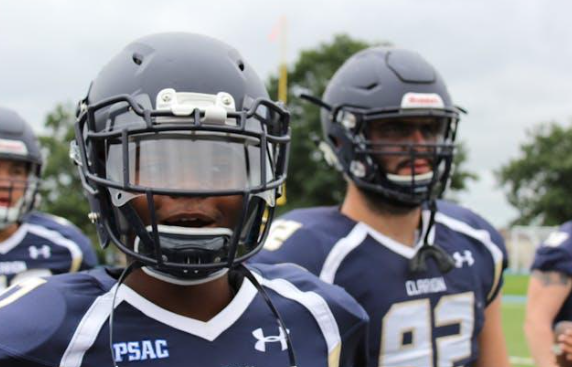
Fall brings cooler weather and a full lineup of sports and outdoor activities. Whether it’s high school football, weekend hikes, or backyard games, this season is packed with physical fun. But with all that movement comes risk, especially when it comes to eye injuries.
Experts estimate that around
30,000 people suffer from sports-related eye injuries every year. Since many of them could be prevented with the right precautions, this blog explores the common causes of fall sports-related eye injuries and tips to avoid them.
Why Fall Is a High-Risk Season for Eye Injuries
Many people might not think of fall as a risky season, but it’s one of the most active times for injuries. Here are some reasons:
- School Sports: With new seasons of football, soccer, baseball, and lacrosse in full swing, high-speed collisions and fast-moving balls can easily result in accidental contact with the eyes. These sports often involve a lot of player movement, limited protective gear, and unpredictable situations, making them a top source of eye injuries among teens and young adults.
- Outdoor Yard Work: Fall also means tackling outdoor chores like raking leaves, trimming bushes, cleaning out gutters. These activities may seem harmless, but twigs, dust, and debris can quickly become eye hazards, especially when using power tools or lawn equipment..
- Hiking and Biking: Hiking, biking, and trail running become popular again as temperatures drop. But trails often have low-hanging branches, airborne particles, and insects. All of these pose a risk to unprotected eyes.
- Seasonal Changes: Fall air tends to be drier and windier, which can irritate your eyes and make them more sensitive to injury. For people who wear contact lenses, this can also lead to eye strain or discomfort, increasing the urge to rub eyes with dirty hands.
Common Eye Injuries
Understanding the types of eye injuries that occur during fall activities can help you take smart steps to avoid them.
- Blunt Trauma: A hit to the eye from a ball, elbow, or another object can lead to bruising, orbital fractures, or internal damage like retinal detachment. These injuries may not always be obvious right away but can have serious consequences if untreated.
- Corneal Abrasions: A scratch on the eye’s surface may seem minor but can cause pain, sensitivity to light, and an increased risk of infection. Even small particles like dirt, dust, or leaves can cause abrasions during a hike or while doing yard work.
- Penetrating Injuries: These occur when a sharp object like a branch or shattered glass pierces the eye. Though less common, these injuries are serious and require emergency care.
- Eye Infections: Touching your eyes with dirty hands, sharing protective gear, or not cleaning sports eyewear can lead to conjunctivitis (pink eye) or other infections among student-athletes using shared facilities.
How to Prevent Eye Injuries
The right precautions can prevent your eyes from injuries without slowing you down.
Wear Protective Eyewear
Many people mistakenly believe their regular eyeglasses or sunglasses offer sufficient protection. Regular glasses are made from brittle materials that can shatter on impact, turning dangerous projectiles into even more of a hazard. Use sport-specific safety glasses or goggles made from polycarbonate lenses, which are impact-resistant. They’re lightweight, durable, and available with or without prescription lenses.
Be Aware of Your Surroundings
Situational awareness is key, whether you're on a sports field, hiking trail, or working in your yard. For athletes, this could mean staying alert to the movements of other players or watching for stray balls. On trails, watch for low-hanging branches, loose rocks, or sudden shifts in terrain that could throw you off balance and put your eyes at risk. When using tools outdoors, be mindful of debris that could fly up unexpectedly.
Use Helmets and Face Shields
In high-impact sports like football, lacrosse, and hockey, helmets often come with built-in face shields or visors. Don’t remove them for comfort or better vision since they are specifically designed to protect your eyes and face from collisions and projectiles. Consider wearing full-face protection or a clear face shield over your goggles for outdoor chores. These extra layers can block splinters, sawdust, and sharp twigs from making contact with your face or eyes.
Don’t Rub Your Eyes
Fall air can be dry and irritating, especially if you wear contact lenses or have seasonal allergies. But rubbing your eyes, especially with unwashed hands, can introduce harmful bacteria and increase your risk of abrasions or infection. If your eyes are bothering you, use lubricating eye drops or a cool compress instead. Make a habit of washing your hands frequently, especially after handling sports equipment or working outside.
Hydrate and Blink More Often
When the air gets cooler and drier, especially during windy fall days, your eyes can become more easily irritated. This is especially true for athletes and outdoor workers who spend long hours in the elements. Blinking helps spread moisture across the surface of your eyes, which keeps them comfortable and helps remove dust and particles.
When to See an Eye Specialist
If you or someone you know sustains an eye injury, here are some telltale signs that can indicate that you should seek immediate medical attention.
- Sudden vision changes or vision loss
- Persistent pain or a feeling that something is in the eye
- Blood inside or around the eye
- Sensitivity to light or flashes of light
- Foreign objects stuck in the eye
- Signs of infection like redness, swelling, or discharge
Some injuries may seem minor at first but can lead to long-term complications if not addressed quickly. If you're unsure, it's always better to have your eyes examined by a specialist.
Trust Ross Eye Institute to Keep Your Vision Safe
At Ross Eye Institute, we’re committed to protecting your vision—on and off the field. Whether you’re an athlete, an outdoor enthusiast, or a parent keeping your kids safe, we’re here to help.
We offer:
- Protective sports eyewear fittings
- Emergency care for eye injuries
- Comprehensive eye exams for all ages
- Custom solutions for contact lens wearers
Don’t let a preventable injury change your life. Be proactive and call our team at
Ross Eye Institute for assistance. Our experienced team is equipped to diagnose and treat a wide range of eye injuries.
Contact us today to schedule your appointment!
